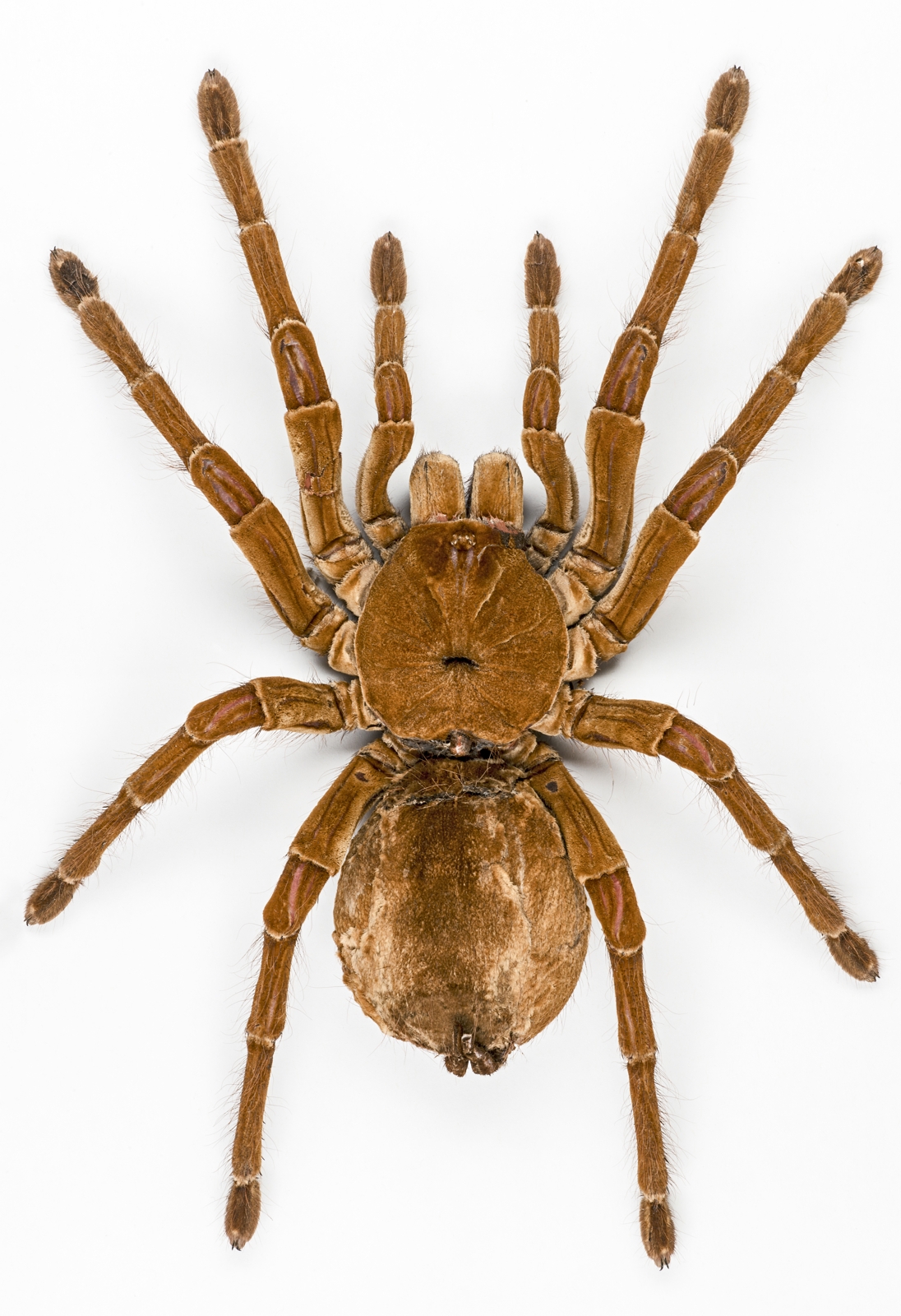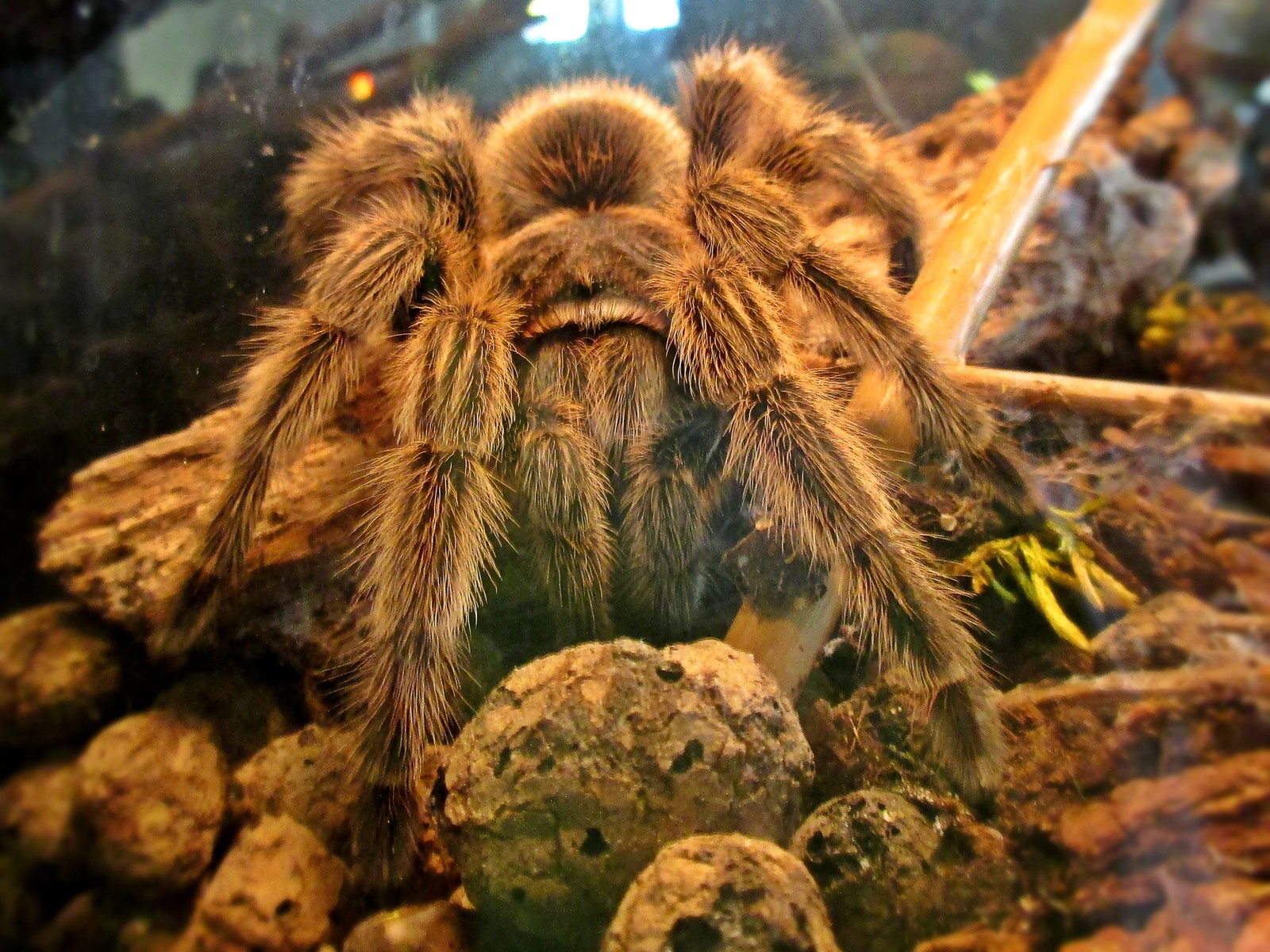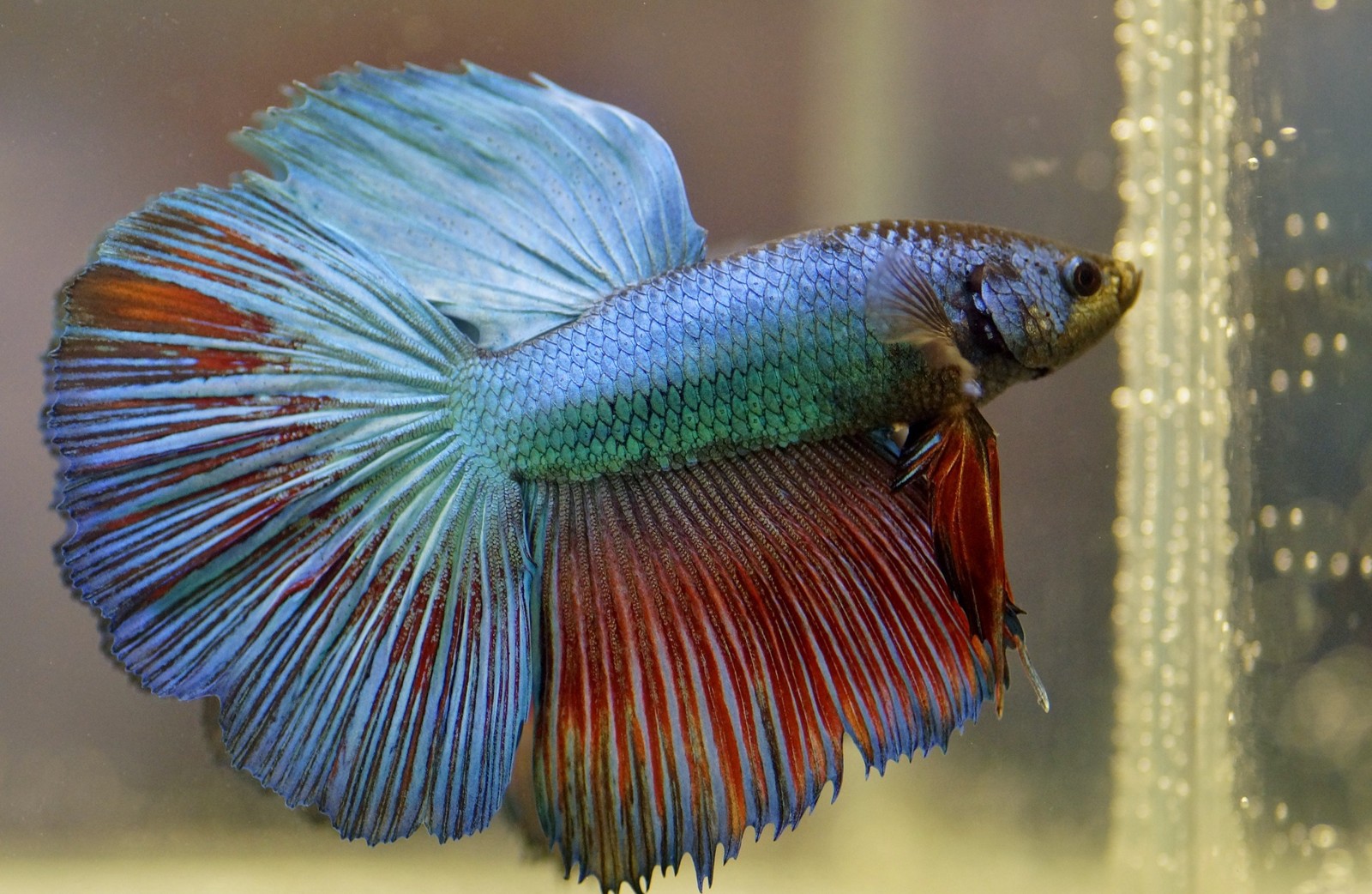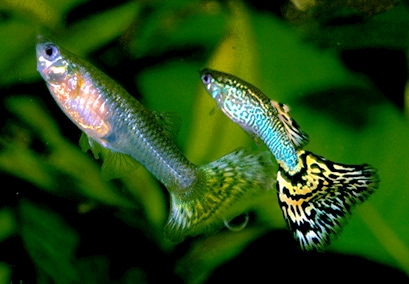Pistol Shrimp vs Mantis Shrimp: A Complete Comparison
In the fascinating world of marine creatures, few rivalries capture the imagination quite like Pistol Shrimp vs Mantis Shrimp. While both species pack devastating offensive capabilities into surprisingly small packages, their hunting methods and defensive mechanisms couldn’t be more different. The Pistol Shrimp generates a sonic blast reaching 210 decibels - louder than a gunshot - while the Mantis Shrimp delivers the world’s fastest punch, striking with the force of a .22 caliber bullet.
These remarkable crustaceans represent nature’s arms race at its finest, each evolving distinct weapons and hunting strategies. The Pistol Shrimp uses cavitation bubbles that reach temperatures nearly as hot as the sun’s surface, while the Mantis Shrimp possesses the most complex eyes in the animal kingdom and can strike prey in less than 800 microseconds.
Visual Comparison
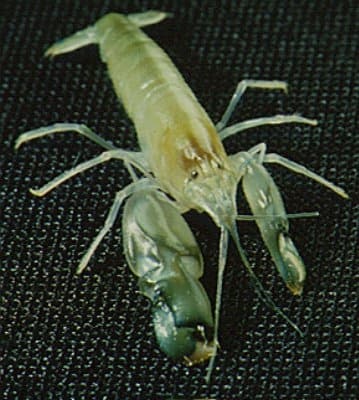
© The original uploader was Hkchan123 at Chinese Wikipedia. / CC BY-SA 3.0
The Pistol Shrimp’s asymmetrical claws are clearly visible in this image, with one massively enlarged claw serving as its sonic weapon. This specialized appendage can create powerful cavitation bubbles capable of stunning or killing prey.
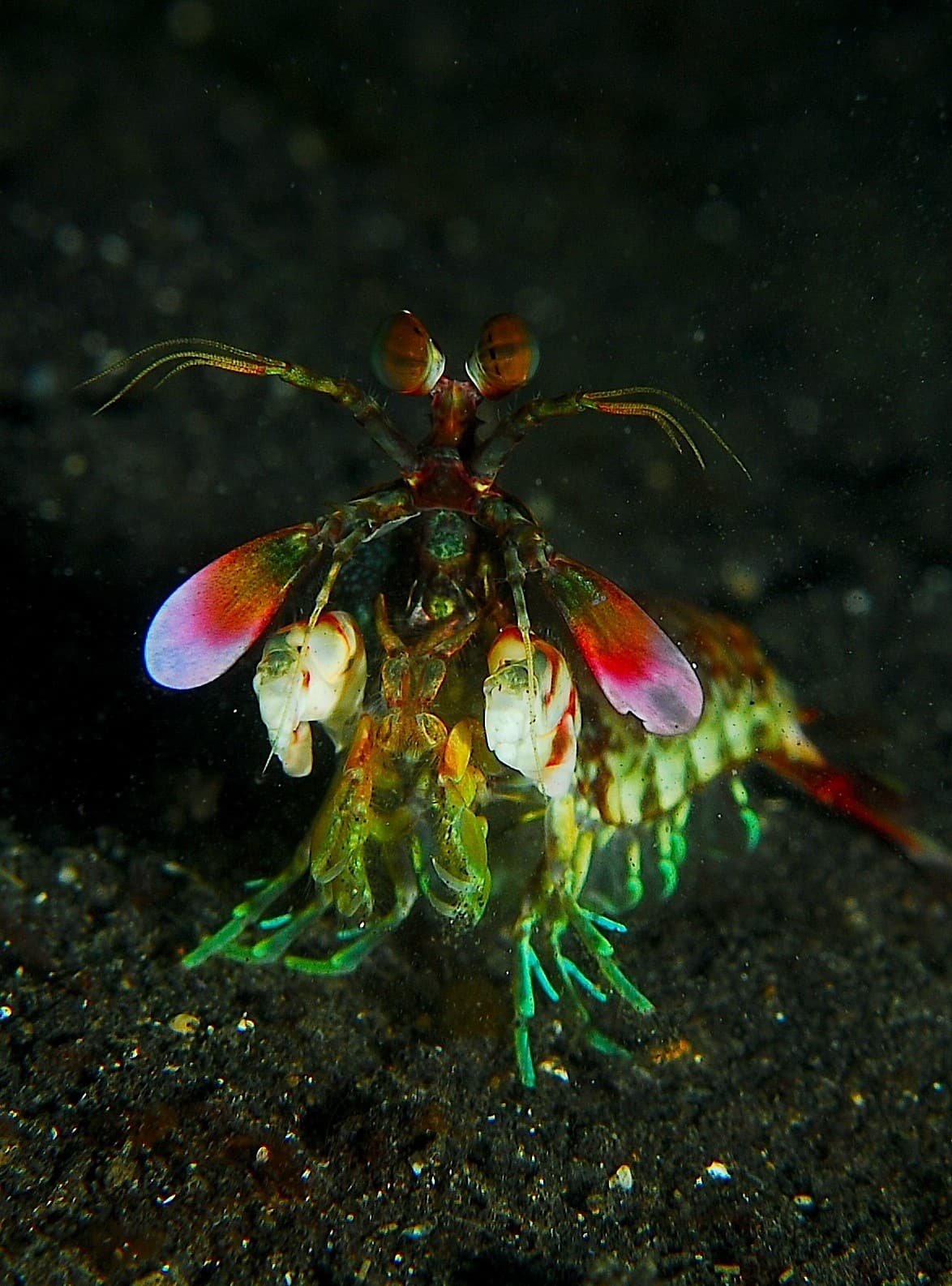
© Jenny / CC BY 2.0
The Mantis Shrimp showcases its spectacular coloration and powerful raptorial appendages, which can deliver devastating strikes at speeds of 50 mph (80 km/h), making it one of nature’s most formidable predators.
Key Differences: Pistol Shrimp vs Mantis Shrimp
| Feature | Pistol Shrimp | Mantis Shrimp |
|---|---|---|
| Size | 1-2 inches (2.5-5 cm) | 4-12 inches (10-30 cm) |
| Primary Weapon | Sonic blast via cavitation bubble | Lightning-fast striking claws |
| Attack Speed | 60 mph (97 km/h) bubble collapse | 50 mph (80 km/h) strike |
| Attack Force | 210 decibels | Force of .22 caliber bullet |
| Hunting Method | Stuns prey with shock wave | Spears or smashes prey |
| Vision | Standard crustacean eyes | 16 color receptors (humans have 3) |
Weapons and Hunting Strategies
The Pistol Shrimp’s remarkable hunting mechanism involves rapidly closing its enlarged claw to create a cavitation bubble that generates both a powerful shock wave and a brief flash of light reaching temperatures of 8,000°F (4,427°C). This sonic blast is powerful enough to stun or kill small fish and can even break small glass walls.
In contrast, the Mantis Shrimp employs raptorial appendages that accelerate with the force of a firing bullet, reaching speeds from 0 to 50 mph (80 km/h) in just three thousandths of a second. These appendages come in two varieties: smashers for crushing hard-shelled prey, and spearers for impaling soft-bodied targets.
Sensory Capabilities
While the Pistol Shrimp relies primarily on touch and basic vision, the Mantis Shrimp possesses what may be the most sophisticated eyes in the natural world. Each eye moves independently and contains 16 color receptors (compared to humans’ three), allowing them to see a range of colors beyond human comprehension, including ultraviolet light.
Habitat and Behavior
Both species inhabit tropical and subtropical waters, but their lifestyle choices differ significantly. Pistol Shrimp often form symbiotic relationships with goby fish, sharing burrows where the shrimp maintains the home while the fish stands guard. Mantis Shrimp are typically solitary and territorial, establishing complex burrows which they defend aggressively.
Who Would Win in a Fight?
In a hypothetical confrontation between these two marine warriors, size and speed would likely determine the victor. While the Pistol Shrimp’s sonic blast is powerful, the larger Mantis Shrimp’s superior vision, reach, and devastating striking force would likely give it the advantage in most encounters. However, in nature, these species rarely interact due to different habitat preferences and hunting strategies.
Conservation Status
Both species face challenges from habitat destruction and ocean acidification, though neither is currently listed as endangered. Their continued study provides valuable insights into everything from military applications to medical imaging technology, making their preservation crucial for both scientific research and marine ecosystem health.
